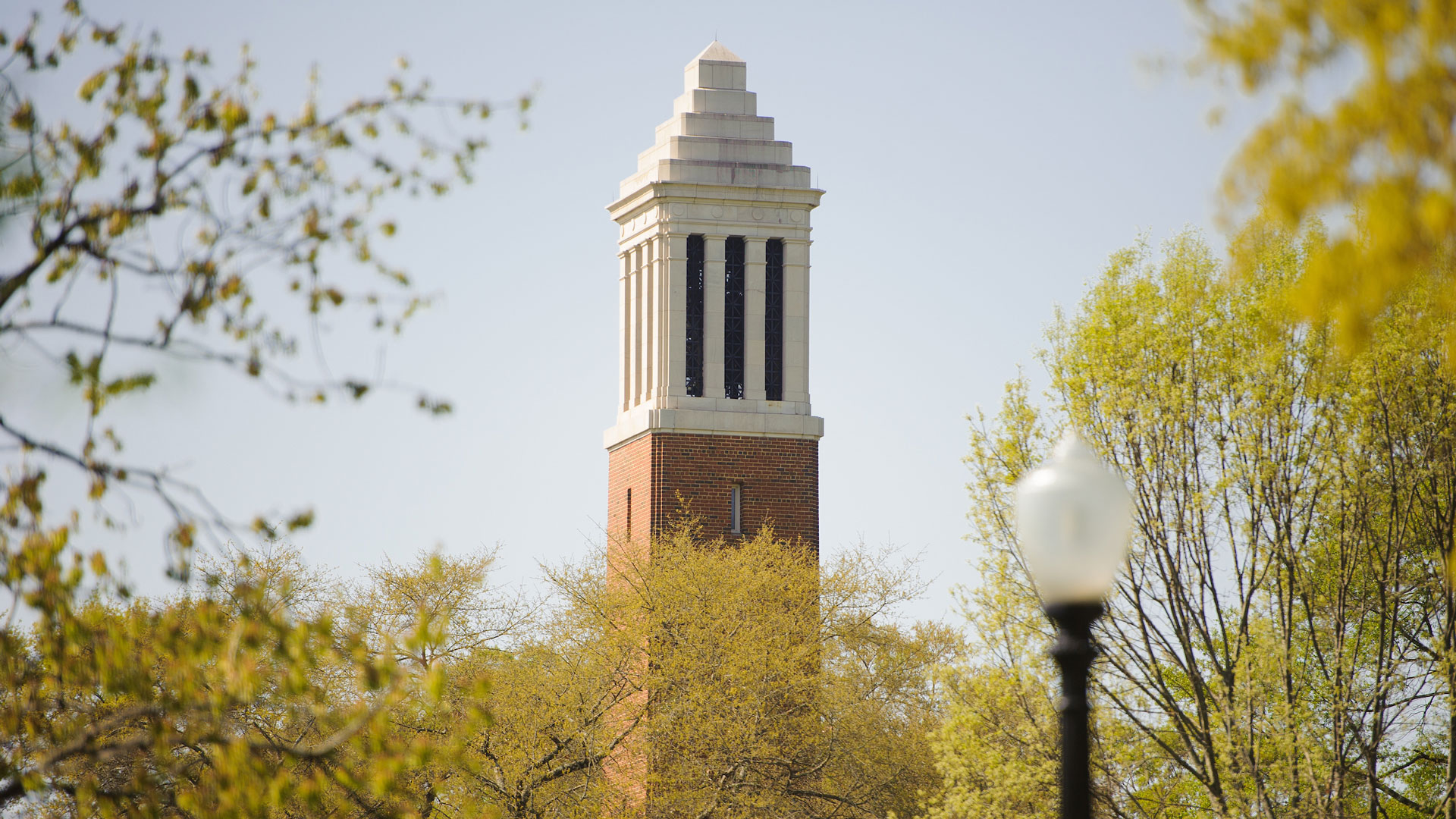TUSCALOOSA, Ala. – Alabamians face many structural barriers to treatment of opioid addiction, such as access and transportation to treatment facilities as well as hostile attitudes among the public and family members to addiction, according to research led by The University of Alabama.
The findings come from statewide surveys and discussions with community leaders and the public. The assessments are the first step to provide a framework to reduce health disparities related to addiction and opioids in Alabama.
The work is part of the Alabama Provider Capacity Project, based at UA, and supported by a $5.1 million grant funded by the Centers for Medicare and Medicaid Services of the U.S. Department of Health and Human Services. The goal of the project is to decrease health disparities related to addiction and opioids, particularly in Alabama’s rural and low-income communities.
The research began during the pandemic as Alabama’s opioid crisis worsened. Drug overdoses in Alabama increased by 20% during 2020, according to the Alabama Department of Mental Health.
Researchers found Alabamians must travel far distances to get access to treatment like detox or in-patient programs. Many people travel to a new city, county or across state lines to access treatment. Over 27% of Alabamians struggling with addiction reported transportation as a barrier to seeking treatment. Further, for over 35% of Alabamians seeking treatment, finding a program that fits their schedule is a barrier.
“This is especially a problem in Alabama’s rural areas when the same people who lack nearby access to treatment also lack the necessary transportation to get to treatment,” said Dr. David Albright, project leader and the Hill Crest Foundation Endowed Chair in Mental Health Research in the UA School of Social Work. “By the time someone secures transportation, gets time off work, and finds a treatment center with availability, they’ve lost interest. We need to be able to help people when they want the help.”
The research also suggests a need for more public health education to address knowledge of and stigma surrounding addiction. Attitudes hostile to treatment facilities locating near residential neighborhoods or beliefs about certain treatments being better than others pose as barriers to treatment.
Over 18% of Alabamians who have struggled with addiction described family shame as a barrier to accessing treatment.
“Many people still view addiction as a moral failing rather than a disease,” Albright said. “That’s simply not true. With the proper resources, this disease is absolutely curable. People with substance use disorder need support, not judgment.”
The Alabama Provider Capacity Project is supported through a collaboration between the Alabama Medicaid Agency, the Alabama Department of Mental Health and VitAL, a behavioral health initiative at The University of Alabama School of Social Work.
To complete the research, VitAL enlisted the help of UA’s Center for Economic Development, Center for Business and Economic Research, and Institute for Social Science Research.
Visit vitalalabama.com/apcp to learn more.
The contents of the research findings do not necessarily represent the official views of, nor an endorsement, by CMS/HHS, or the U.S. government.
This news release was written by Erin Hackenmueller, research associate with the UA Center for Economic Development.
Contact
Adam Jones, UA Strategic Communications, 205-348-4328, adam.jones@ua.edu
